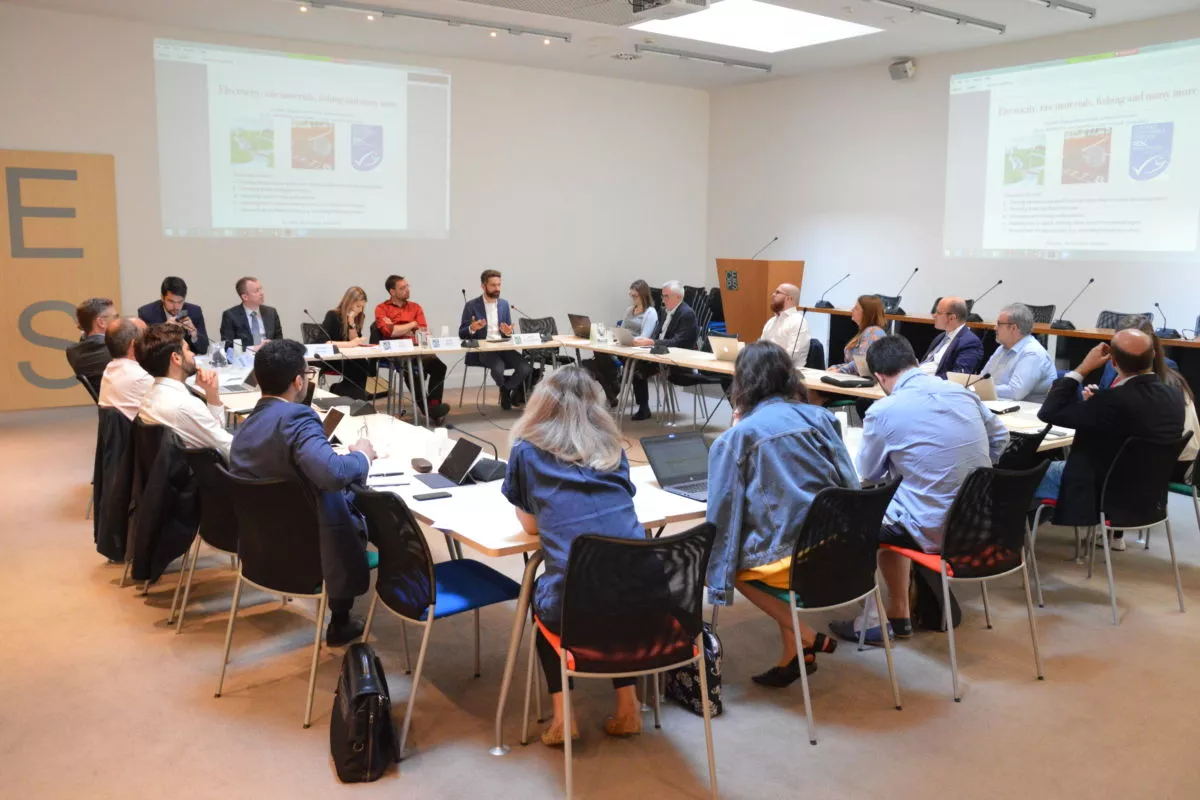The Task Force Report can be downloaded here.
The objective to reach 27% renewables by 2030, which was decided by the European Council in October 2014, would translate into a share of at least 45% of renewable electricity by 2030 compared to a share of 27% in 2014 . According to the EU’s “Energy Roadmap 2050” , by 2050 renewable energy would contribute 64-96% to the electricity mix. Most renewable electricity can be expected to come from intermittent sources (wind and solar power). Accommodating such high shares of intermittent renewables will require flexible resources and infrastructure, as has been continuously highlighted by the European Commission.
Flexibility is necessary to ensure that demand and supply can be matched at every given point in time to keep the electricity system stable. Flexibility in the electricity sector can therefore be described as the capability to dynamically compensate supply peaks and shortages as well as bottlenecks in the grid. The higher the share of intermittent renewables, the more flexible resources are needed.
Flexible resources can include flexibility in demand (e.g. power-to-heat, demand response or interruptible loads, facilitated by digital infrastructure) and in supply (e.g. hydro, gas or certain coal plants) as well as storage (e.g. pumped storage, batteries and other storage technologies). Flexible infrastructure can include transmission and distribution capacity as well as information and communication technology (ICT, e.g. smart meters).
Adequate functioning of the electricity markets and notably a market for flexibility would facilitate market-driven investment as well as efficient utilisation of flexible resources and infrastructure. In light of the electricity market reform launched in the “Clean Energy for All Europeans” package, this CEPS Task Force seeks to bring together all stakeholders to discuss a ‘market for flexibility’ to identify workable and practical ways forward.
Different pathways to a more flexible electricity sector are possible. A non-exhaustive list of options is provided categorised by market-related and infrastructural aspects and can be found in the Prospectus.
Objectives
Although it will be up to the CEPS Task Force to agree on the terms of reference and final agenda, we propose to discuss and identify practical ways towards a market for flexibility. Practically, we propose that the Task Force
• assesses the on-going EU policy discussions and share knowledge among stakeholders
• thinks through ideas and proposals for policy challenges that need to be addressed in order to create an enabling framework for flexibility
• works out a set of concrete recommendations to be presented to EU and member state policy-makers
Why a CEPS Task Force and how does it work?
A CEPS Task Forces constitutes a forum where representatives from a wide spectrum of stakeholders meet, discuss solutions proposals and make recommendations to some of the biggest challenges for the EU. The new CEPS Task Force will meet two to three times for full-day meetings typically from 10:30h to 16:30h. Speakers are normally recruited from the Task Force members, although external speakers can be invited to tap into additional knowledge.
Chair:
- Jacques de Jong, Senior Fellow, Clingendael International Energy Programme and former Electricity Regulator in the Netherlands
Rapporteurs:
- Arndt Hassel, Associate Researcher, CEPS
- Christian Egenhofer, Associate Senior Research Fellow, CEPS
- Jaap Jansen, Non-Resident Research Fellow, CEPS
- Zheng Xu, Intern, CEPS
Meetings
1st Meeting
- Topic: What Market Design to Enable Adequate Flexibility.
- Date: 27 April 2017
2nd Meeting
- Topic: Creating a level playing-field for flexibility options
- Date: 31 May 2017
3rd Meeting
- Any remaining topics to be discussed
- Agreement on policy recommendations
- Discussing Task Force Report draft
- Date: to be determined
How to join?
Download the Prospectus, check the conditions for participation and fill in the application form on the last page.
The Task Force Report can be downloaded here.
This Task Force was formerly named: “Creating a Market for Flexibility in the Electricity Sector”.







